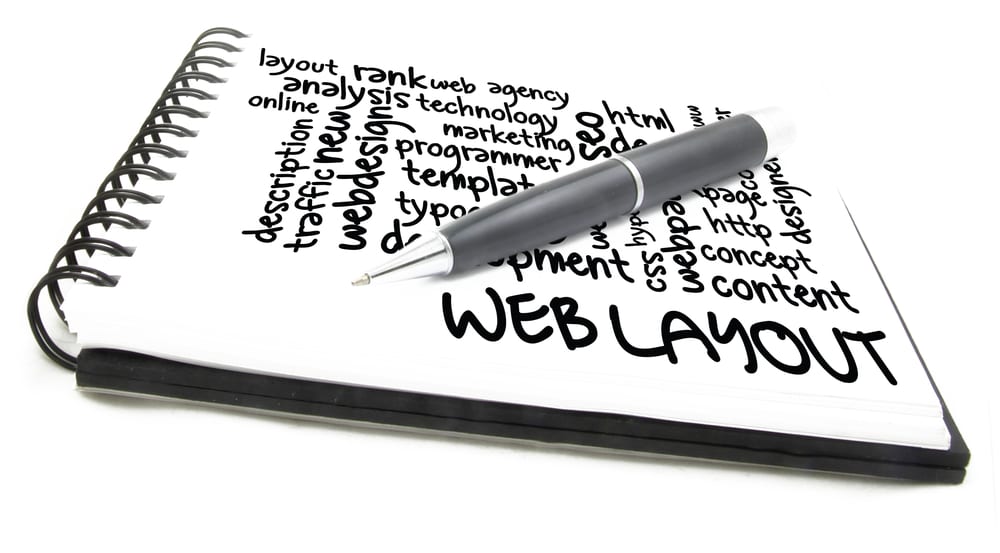Designing a website is not one man’s job. A site should be user-friendly and, at the same time, fully optimized to meet business objectives.
Why Do You Need a Design Style Guide?
The concept of style guide is nothing new. The use of style guides in newspaper industry is rampant. It is the rule book offered to the writers to know about the use of punctuation, spelling, italics, and other language rules necessary to maintain language consistency.
In the web design industry, this guide is valuable when multiple designers work on a big website or application, so that that they do not interpret too much and do not alter or even make adjustments in the styles on the basis of personal preference.
Design style guide also makes the life of a developer easier. The designers include all possible interactions, such as:
- Visit
- Hover
- Click
- Buttons
- Titles
And a developer knows what particular elements they need to code and also observes exactly how the design has to look since the beginning. Indeed, a style guide is a developer’s true friend.
Here are a few steps you must follow to build a design style guide for your organization.
#1. Enhance Your Brand Knowledge
Your first step is to know the brand first and understand what exactly it stands for. If you dig deeper into a specific brand, you will find out its mission or objectives and produce a style guide that represents the organization perfectly. If you know coding, it will be an added benefit for you. You can create an html document, along with pre-coded components that can be reused easily. Do not worry even if you do not know how to code. Open Adobe Photoshop, give title to your document as well as short description of what the document is and what exactly it stands for.
#2. Develop the Right Typography
Get the right typography. It is necessary because it is one of the vital tools for communication between your website and visitors. Know the proper use of different types of headlines, such as h1, h2, h3, and so on. Not to mention, italic variations, use of bold and few more! Decide about the custom copy that may be used for smaller links, introduction text, and a few more.
#3. Determine Button Hierarchy
You have decided the purpose of using buttons and also defined the states in a meticulous way. However, the designers created something on their own and spoilt the design. Do you wish to avoid such possibility? The best option is to develop a page that highlights a lot of things. What the links do, the right behavior of each, and when exactly to use them. For example, if a single button is dominant, be clear about the total number of times this button must be used for each page. Define the button states. Be it hover, visited or disabled state, you have to outline it appropriately.
#4. Set Colors
When you think of Microsoft, you surely visualize that blue color. Yes, it’s the dominant color that you always associate with your known brands. Set the primary color for the style guide that dominates your site. Use neutral colors, such as grey, black, white as dominant brand colors and let it stand out. Make sure that it should not be more than three shades. In a few cases, you need secondary as well as tertiary colors to illustrate the user interface. You have to define them in your style guide.
#5. Know the Use of Icons
Defining size, spacing, and the place to use icons is important. Even if the icons are used sparingly, then also you have to make it clear in the style guide.
#6. Use Forms
Forms make a website or web application more interactive and dynamic, so that the users can enter data and you can also manipulate it or even accomplish the work successfully. Do not expect that the users will spend time to fill up these form. Creating long and complicated forms is one of the web design trends you should avoid by all possible means.
#7. Spacing
It is vital to mention about spacing in the design style guide. It may be in the form of a grid used for layout or it may be spacing used between pictures, buttons, forms, or any other design elements. Defining proper spacing is crucial, since it provides more breathing space to elements and right spacing helps your site look professional as well as structured.
Ensure that you get all the parts of web design right and also ensure that a perfect style guide is consistent. Besides, you should also incorporate all possible scenarios while turning designs into good working products.
Images: ”Web layout concept in word tag cloud/ Shutterstock.com“
__________________________________________________________________________________
 Connect with Tweak Your Biz:
Connect with Tweak Your Biz:
Would you like to write for Tweak Your Biz?
Tweak Your Biz is an international, business advice community and online publication. Today it is read by over 140,000 business people each month (unique visitors, Google Analytics, December, 2013). See our review of 2013 for more information.
An outstanding title can increase tweets, Facebook Likes, and visitor traffic by 50% or more. Generate great titles for your articles and blog posts with the Tweak Your Biz Title Generator.


 Connect with Tweak Your Biz:
Connect with Tweak Your Biz:


